HUMIDITY CONTROL
The importance of moisture control is essential for us to have more and better quality in births, why they attach some tips and information that we consider important.
HUMIDIFYING
The moisture reading is effected by the wet bulb hygrometer, the correct values are the values indicated in the table below humidity, which vary according to the species of animal.
For moisture, during the incubation period, as already indicated above, fill a bucket with warm water and wait 4-5 hours until the water is hot and can read the value of humidity on the hygrometer; if under, fill two buckets or other of these (the bucket is split into two spaces), on the contrary, if the value is alto, reduce surface water.
The moisture depends on the surface of the water tub and not the amount of water.
TABLE INDICATING MEANS OF HUMIDITY VALUES
Incubation SPECIES ESCLOSIÓN
– CHICKEN RACE LIGHT (LAYER) INC… 82°F = 47% HATCHABILITY .. 88°F = 62%
– HEAVY HEN RACE (BROILER) INC… 84°F = 52% HATCHABILITY 88 ° F = 62%
– PHEASANT - ESTARNA - CODORNIZ – RED PARTRIDGE INC… 78-80°F = 38-43%
HATCHABILITY 86-88 ° F = 56-62%
– Avestruz CAMEL Inc… 82-84°F = 47-52% HATCHABILITY 88 ° F = 62%
– TURKEY - guinea fowl INC… 78-80°F = 38-43% HATCHABILITY 88 ° F = 62%
– GOOSE - DUCK (MUTE / jungle / PEKINO / KHAKI / Kampbell)
INC…70-74°F = 25-30% HATCHABILITY 78-80 ° F = 38-43%
One must know that the egg is initially formed by the 100% liquid and therefore do not need moisture, but in the case of artificial incubation with ventilated air, evaporation of the liquid will surely be greater than during natural incubation, why it is provided consequently moisture and water to the incubator. In phase hatching or birth it is necessary to fill all the buckets, especially the high near the fan.
USEFUL TIPS
• Exchange the position of the trays of eggs at least once a week at the end of mostly uniform internal temperature
and contemporary re So there is a whole different position.
• For incubation with fragmentation weekly cycle, to avoid harmful interference between the different phases, it is advisable to proceed as follows:
a) during the period of each cycle relatively hatching, add the other two buckets humidification;
b) after completing the period of hatching, remove all buckets making a thorough cleaning of the same, and enter only one
filled with water after only two days in order to regulate the humidity in the machine
• In a blackout for a few hours during the incubation period, introducing hot water into the machine and keep local calentado.5 **
• For higher reading precisionel moisture, ** replace the wick frecuentemente.6
• For eggs of geese and ducks, after 15 incubation days, it is advisable to spray the eggs with warm water spray (use adecuados sanitized sprays) and let them cool outside the incubator for a 15 minutes.
**4 It states that if the decrease of the air chamber prove greater than drawing references will need to increase the moisture, On the contrary if it turns necessary to reduce lower humidity.
**5 The lack of running for extended periods of time causes serious damage to the eggs are incubating a few days ago, while it has been observed that more growth stages advanced embryo, Stamina is greater.
**6 To clean the wicks, put them in a saucepan with water and a small amount of vinegar and boil, So will remove the limestone made by water.
This operation will be repeated every two days, until the penultimate day of incubation.
• The home in which to place the machine in order to avoid problems of bacterial infections, have to be in perfect condition
deprived of hygienic sanitary and unsanitary conditions
• consider necessary to clarify, during hatchery operations and especially during the esclosión relative risks presented by exposure to agents biológicos7, It is advisable to perform all operations relating to the incubation and esclosión using
Suitable measures such as:
– specific personal protective devices (disposable latex gloves, respiratory protection masks, disposable gowns
with relative Shoes);
– regular cleaning and disinfection of premises intended for hatching;
– meticulous hand washing before and after contact with organic parts with jabóngel broad spectrum of biocidal;
– avoid eating and drinking in local incubators or during relief operations to the machine.
(these particulars are to be considered critical to ensuring protection is either eggs operators)
• Health and hygiene egg
To ensure fertility and avoid contamination incubate have to make a correct management of hatching eggs, to this end
it is advisable:
– Collect eggs daily to avoid contamination, breakage losses and damage caused by heat in the summer and cold periods in the periods envernales;
– Before placing the eggs in the incubator must be cleaned carefully with a soft cloth dampened with warm water;
– Keep eggs in fresh local with temperature 14 – 16 °C;
– The hatching eggs must be after the third day from the deposition and not after the eighth day;
– To mark the eggs using only pencils, pens or markers not used because they are highly toxic to the embryo.

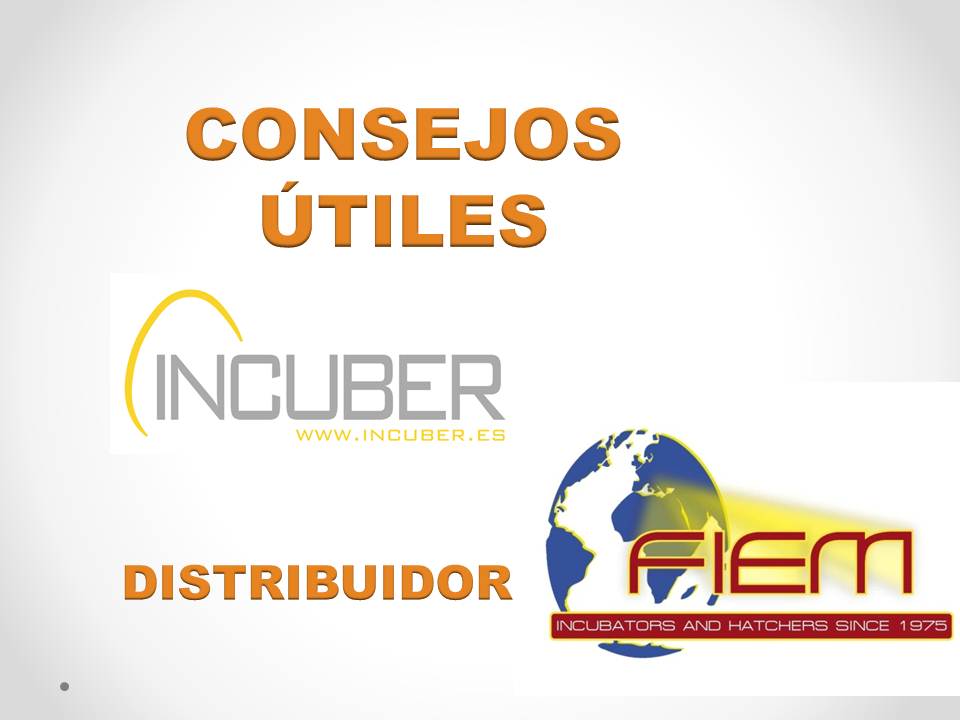
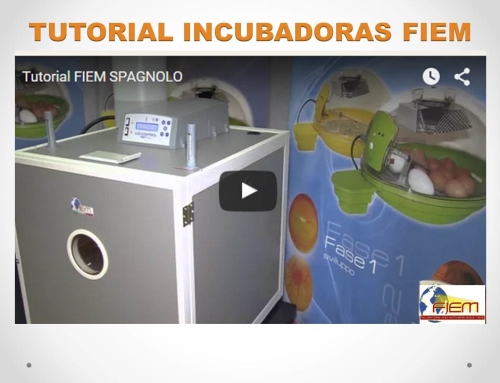
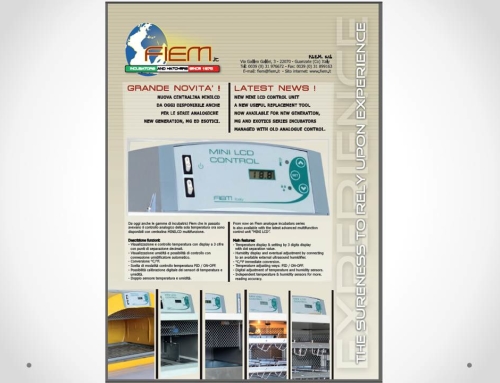
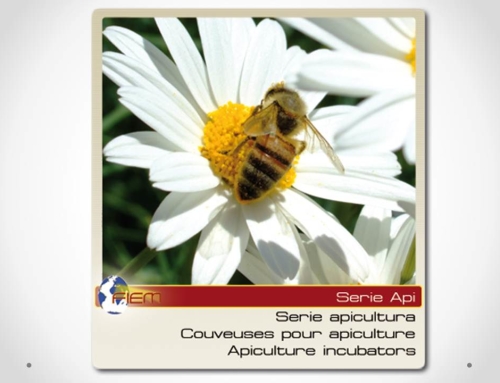

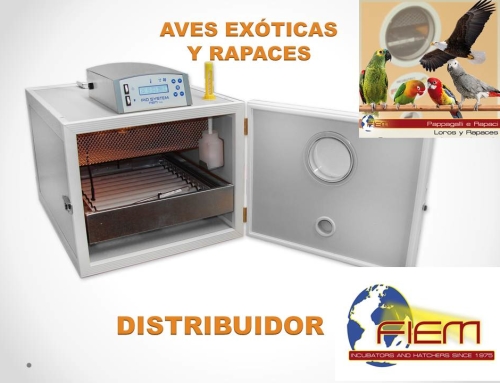

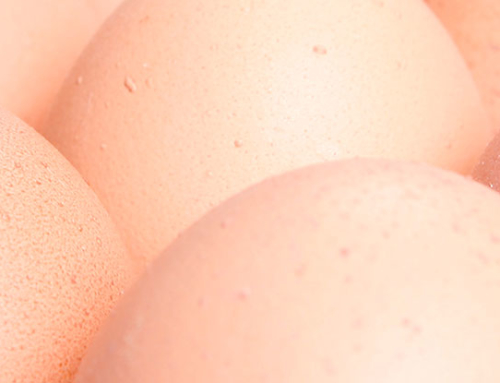
I am interested in any information about incubators and preferably the handling to 3400 meters above sea level